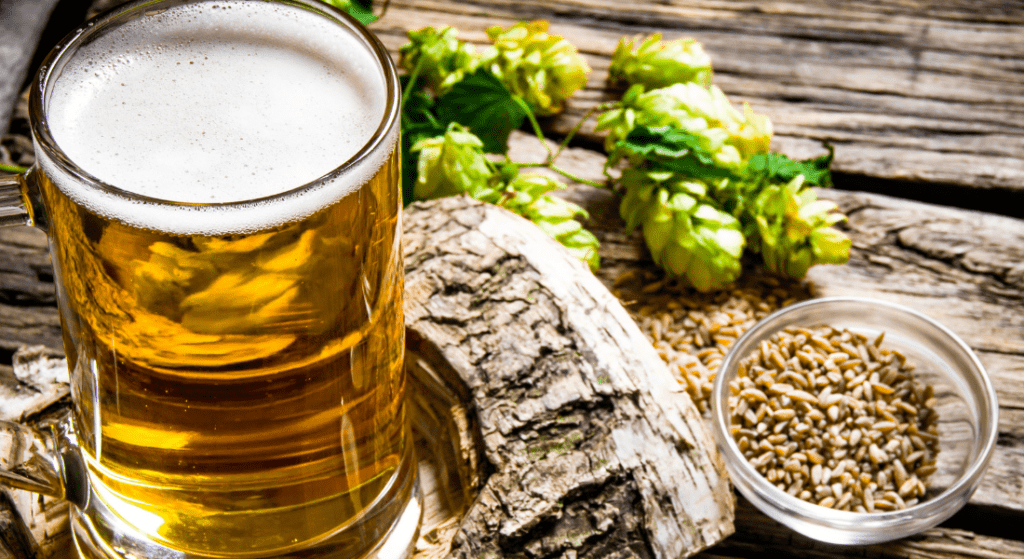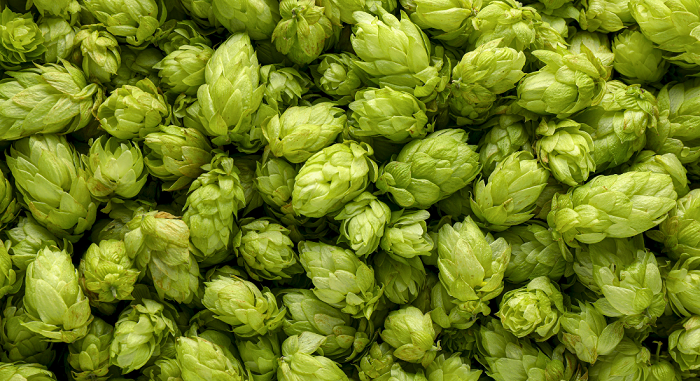The History of Beer Hops
Hops, scientifically known as Humulus lupulus, are the hop plant essential in beer brewing for centuries. Originating in the regions of Europe, particularly the Czech Republic and the Pacific Northwest of the United States, hops were initially valued for their preservative properties. Now, brewers add hops to beer to prolong its shelf life and also impart a distinct bitterness, spicy notes, and aroma. Hops producing these essential compounds contribute to both the flavor and effect of hops on the final brew.
The Benefits of Hops in Brewing
Hops contribute more than just bitterness to beer; they offer a range of benefits to the brewing process. One of the key advantages of hops is their ability to balance the sweetness of malt with bitterness, creating a harmonious flavor profile. Additionally, hops beer acts as a natural preservative. Beer without hops has less shelf life than finished beer, so adding hops in beer is important for brewing. Noble hops, known for their mild bitterness and refined aroma, are often used in traditional European beer styles.
Different Varieties of Hops and Their Uses
With a multitude of hop varieties available, each with its own unique flavor and aroma profile, brewers have an extensive palette to work with. From the citrusy notes of Cascade hops to the floral aromas of Centennial hops, the diversity of hop varieties allows brewers to experiment and create a wide array of beer styles. Some hops may impart spicy notes, while others, like noble hops, contribute delicate, herbal flavors that enhance classic beer recipes.
TYPES OF HOPS
Hops are generally categorized into two main types: bittering hops and aroma hops. Types of hops for beer include bittering hops, such as Chinook and Warrior, which are high in alpha acid content and contribute to the bitterness of the beer. Aroma hops, like Saaz and Fuggle, are lower in alpha acids but rich in essential oils that provide aromatic qualities. Some hop varieties, like Cascade and Centennial, are dual-purpose, offering both bitterness and aroma.

The Brewing Process: Incorporating Hops
In the brewing process, hops are typically added at various stages to achieve different effects. Why are hops added to beer? During the boiling stage, bittering hops are added to impart bitterness to the beer, while late additions and dry hopping contribute aroma and flavor without adding significant bitterness.
Exploring IPA and the Centennial Hops Connection
The IPA, or India Pale Ale, is a beer style known for its pronounced hop character. Centennial hops, with their high alpha acid content and citrusy aroma, are often used in brewing IPAs, contributing to their bold flavor profile and aromatic complexity.
Cascade Hops: A Flavorful Addition to Brews
Cascade hops, native to the Pacific Northwest, are prized for their distinct grapefruit and floral notes. Widely used in American-style ales, Cascade hops add a refreshing citrusy aroma and a subtle bitterness to the finished beer.
Understanding the Use of Hops in Various Beer Styles
Different beer styles require different approaches to hop utilization. While some styles, like pale ales and IPAs, showcase the hop character prominently, others, such as lagers, may feature more subtle hop flavors. Understanding how hops contribute to each beer style is crucial for brewers seeking to achieve balance and complexity in their brews.

Hops: From Bittering to Aroma
Hops play a dual role in beer brewing, serving both as bittering agents and aromatic enhancers. The alpha acids in hops contribute bitterness to the beer, while the essential oils provide aroma and flavor. Balancing these elements is essential for creating well-rounded and flavorful brews.
The Role of Hops in Craft Beer Culture
In the world of craft brewing, hops are revered for their ability to elevate beer to new heights of flavor and complexity. Craft brewers often experiment with different hop varieties and hop combinations to create innovative and exciting brews that push the boundaries of traditional beer styles.
A Beginner’s Guide to Using Hops in Brewing
For aspiring brewers, understanding the basics of hop utilization is the first step toward creating delicious homemade brews. From selecting the right hop varieties to learning about hop additions and timings, mastering the use of hops opens up a world of creative possibilities in brewing beer.
The Annual Hop Harvest
The annual hop harvest is a crucial time in the brewing calendar. It is when the flowers of the Humulus lupulus plant are picked, dried, and processed for use in brewing. This period, typically occurring in late summer to early autumn, is celebrated by brewers and hop enthusiasts alike, as it marks the arrival of fresh hops that can greatly influence the year’s beer production.
Conclusion: Key Takeaways
Hops are integral to the brewing process, contributing bitterness, aroma, and flavor to beer. Different hop varieties offer unique characteristics, allowing brewers to customize their brews to suit their preferences. Understanding the role of hops in brewing is essential for both seasoned brewers and beer enthusiasts alike. As you continue to explore the world of beer hops, remember to appreciate the humble hop for its remarkable contribution to every single pint you enjoy. Cheers to the wonderful world of brewing!

